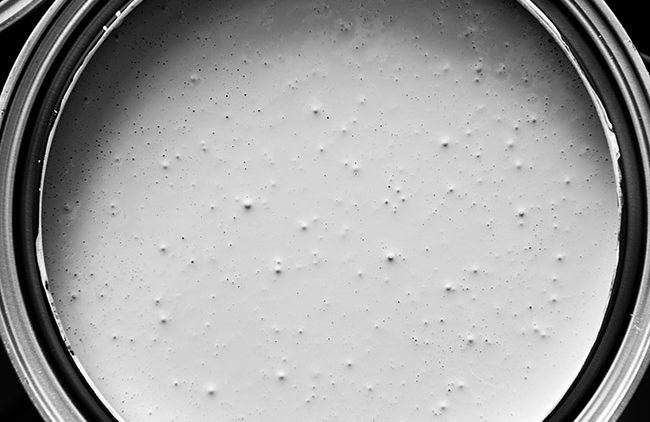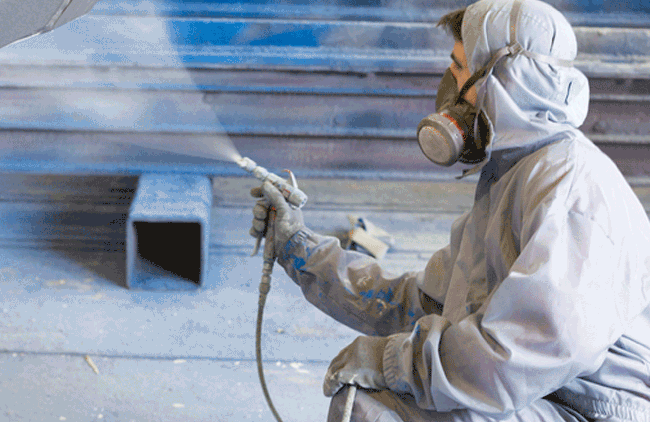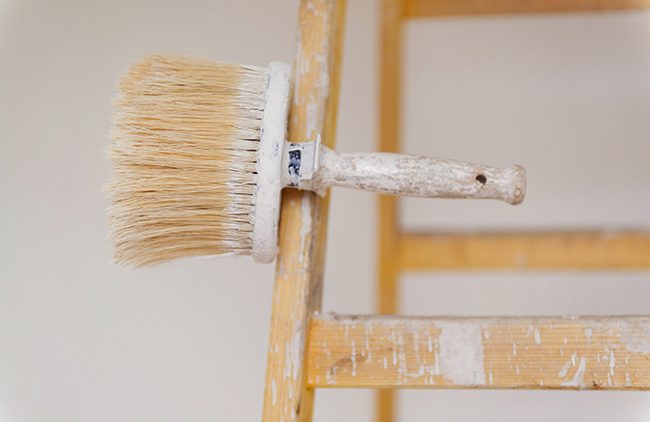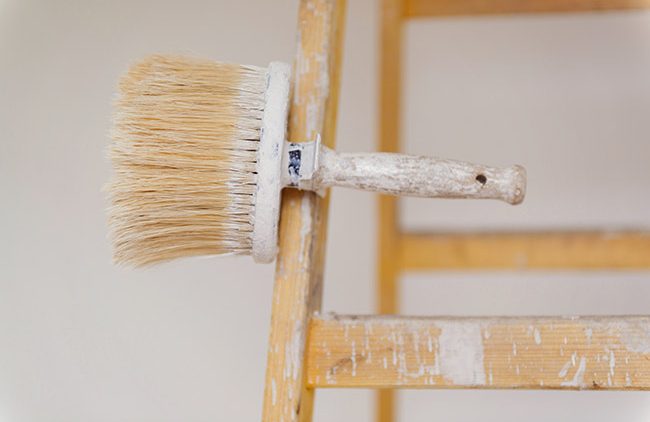The Complexity of Paint
The DIYer is a reflection of the renewed American Renaissance spirit. You are the ‘do-it-yourselfer’ who doesn’t need any help. After all – our ancestors built this country from the ground up so you should be able to tackle a small job such as painting your own house inside or out. Well, before you get started on that painting project take a moment to consider just one important aspect of the task – the complexity of paint.
That’s right. There are dozens of different types of paint to be considered for a particular job or surface. This blog will limit the discussion to just a few of the most common types.
• Oil-based paint. These also go by the label of ‘solvent-based paint’. It is a reliable coating that is both durable and long-lasting. Another great selling point of oil-based paint is that it is inexpensive and resists showing signs of wear and tear. It is a common option for painting the interior of homes. It comes in a wealth of colors and is also an excellent choice for painting trim because of its durability.
• Water-based paint. This is also an excellent choice for painting the interior walls of a home because of its minimized toxicity compared to oil-based paint. It is also quite easy to clean up. The paint dries faster so it is possible to apply more than one coat in a single day. However, it does not tend to last as long as oil-based paint. Even so, if your aim is to quickly update the look of your surroundings it is an excellent option. Finally, another ‘selling point’ of this paint type is that it is the most environmentally friendly.
• Latex-based paint. While it is true that there are similarities between latex and water-based paint they are not interchangeable. When you see the term ‘latex’ it is an indication that the paint contains a plastic resin and is made of acrylics or polyvinyls. Latex paint is an excellent option for a variety of surfaces – even those that have been painted previously. However, due to its non-environmental-friendly makeup there is some indication its presence in the paint market is beginning to wane.
These are the most common paint forms for residential and commercial painting. If you are still unsure of what form of paint to use, contact the professionals at University Painters, Inc. We know paint and painting.










